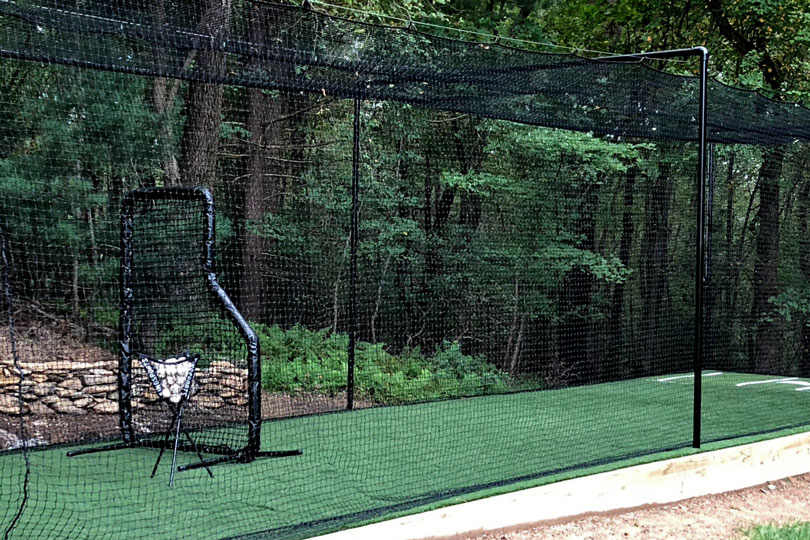Rock Climbing – Types of Climbing
The sport of climbing has many different facets to it- something that those who are not a part of the sport might not realize. If you’re thinking of taking up rock climbing, it pays to first learn what you can about rock climbing and the types of climbing.
Just like there are different types of climbing, there are different types of climbers. Some climbers try different types first to help them learn more about which type they may want to pursue more seriously. Here is an overview of each of the most common types of rock climbing.
Top rope climbing- Top rope climbing is the way that most everyone learns to climb. It is the least dangerous and the easiest to learn at the start. My kids climb top rope and I have seen kids as young as three years old begin learning. If you can fit in the equipment, you can learn to top rope climb. This is also the type of climbing that many pregnant women do long into their pregnancies until they are too far along to climb comfortably anymore. In top rope climbing, the climber is tied to the end of the rope which runs up to an anchor point at the top and back down to a belayer on the ground who will hold the climber’s fall. The rope is always above the climber so no real “falling” occurs.
Lead climbing- Once you have learned the basics of safety and the mechanics of climbing, you may move into lead climbing. This requires more mental commitment than having the top rope above you at all times. You will be tied to your harness with one end of the rope, which will trail along as you climb. The trailing end of the rope goes down to the belayer who will feed the rope out through a belay device. If the lead climber falls, the belayer is there with equipment to help slow/stop the fall and will take most of the force of the fall. However, unlike top rope climbing, there is potential for a real fall to happen.
Bouldering- Bouldering refers to climbing outdoors on boulders or at the bases of cliffs. You will use just climbing shoes and a chalk bag and it is very physically demanding. You don’t climb very high off the ground so there is no need to ropes or belay. Usually the climber can jump off the bouldering surface without injury. Usually bouldering is done at 10-12 feet off the ground or lower.
Sport climbing- Sport climbing is growing a great deal in popularity and is excellent physical activity while still being relatively safe. It’s done using a rope and belay but sport climbs are bolted so the leading climber doesn’t have to place their own protection. Instead, you carry quickdraws and place them into the eye of the pre-positioned bolts as you are climbing. Sport climbs are usually (but not always) shorter routes.
Indoor climbing- Indoor climbing is becoming more popular today than ever before. It allows safe, climate-controlled climbing in a structured environment. Most indoor rock climbing facilities have the option for different types of climbing and bouldering. They usually also offer rental equipment, lessons and structured activities. Indoor climbing is a great way to build the fundamentals you need for outdoor climbing as well.


